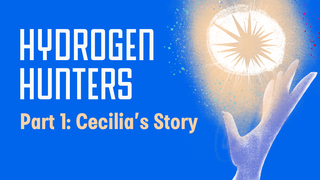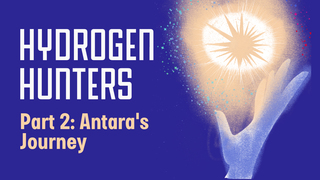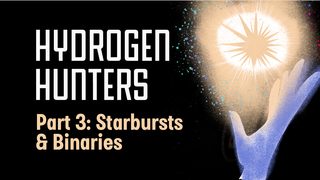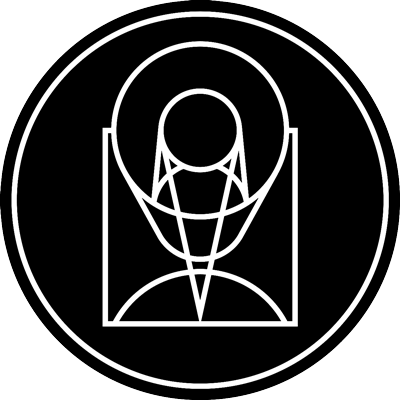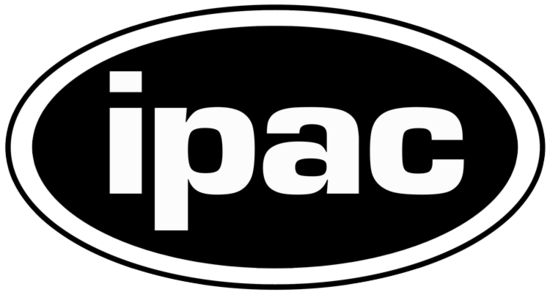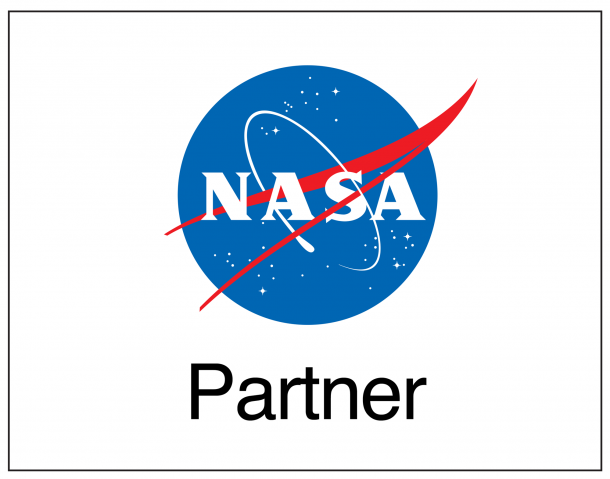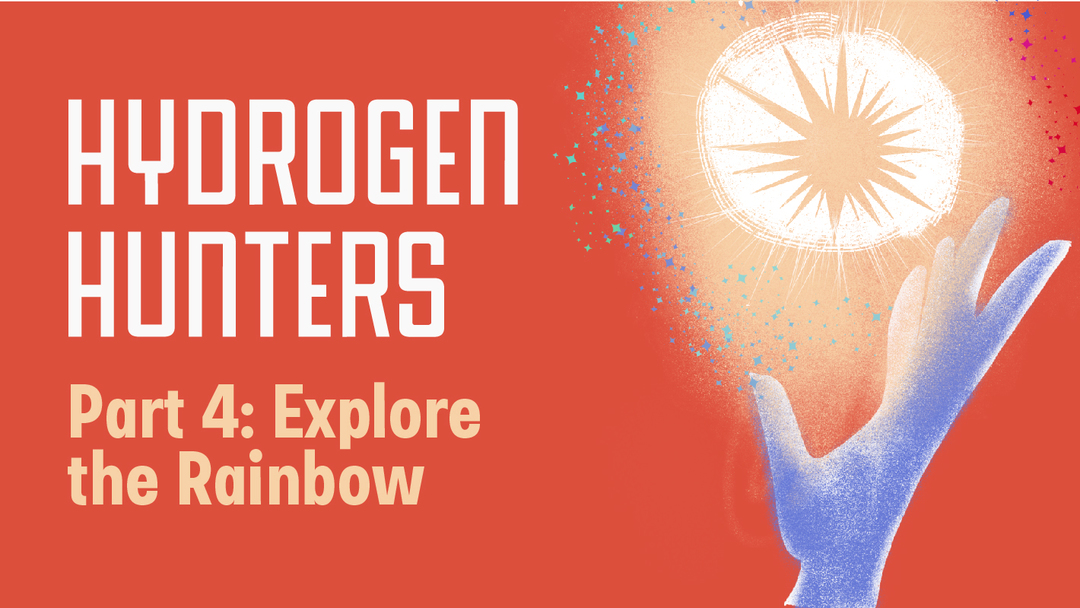
Download Episode (4.5 MB) Download Low Music/Distraction Episode (4.5 MB)
Feedback for Hydrogen Hunters Part 4: Explore the Rainbow
By leaving feedback, you agree to allow NASA's Universe of Learning to publish the content and information you provide in your submission form. We will only use this information to recognize your entry on our series and social media, and we will never publish your email.Transcript for Hydrogen Hunters Part 4: Explore the Rainbow
Hello everyone, and welcome back to NASA’s Universe of Learning’s Diaries of the Cosmos. I’m Rutuparna Das, and you’re listening to the last part of Hydrogen Hunters. Earlier in this story, we followed Dr. Cecilia Payne-Gaposchkin as she discovered that stars are made up primarily of hydrogen and helium.
“The solid ground failed beneath my feet. With the familiar leaping of the heart, I had my first sense of the Cosmos.”
Then, we chatted with Dr. Antara Basu-Zych, a scientist at NASA who uses hydrogen to explore the universe today.
“You’re getting an idea of what is basically recycled material from the insides of stars.”
Now, we’d like to hear from you!
Did you have any questions after listening to our story and interview today? Was there something you heard here that absolutely blew your mind? Let us know your thoughts, ask us your questions! You can do this on our website, at universeunplugged.org/diaries. You can ask us questions about the science, or about the history, or both – talk to us about what you’re thinking, and we’ll pick some of these questions to answer on our next installment.
Before we close, I promised to talk about how you can delve deeper into our topics for today – how you can explore the splitting of light into its component colors and the spectra of stars for yourself. Light can actually be split up quite easily! We talked about rainbows – you can create your own rainbows by using a garden sprayhose to split light into its component colors right in your backyard. You can also split light with a CD or DVD – just hold the back of the disc up to the sunlight and tilt it this way and that. There are these really really narrow ridges on the back of CDs and DVDs, and these ridges act the same way a spectroscope does, and split light into different colors. Experiment with different kinds of discs – CDs, old DVDs, new blue-ray discs – do you find any differences? Try other materials – did you find something that worked better than water or DVDs?
After you’ve gone and split light for yourself, you can explore the spectrum of a star through Universe of Learning’s Viewspace program. Find the link on our website – universeunplugged.org/diaries – and scroll through various ways of observing the star Altair, and see how the light signal from a star actually translates into a spectrum!
Now it’s your turn to talk to us! What intrigued you about splitting light at home, or what surprised you while examining a spectrum with Viewspace? Send us the results of your explorations, and of course any thoughts and questions, through the form on our website, at universeunplugged.org/diaries.
Cecelia Payne-Gaposchkin was one of the scientific leaders of her day. Through her research and determination to stand by her data, she showed us what the stars are made of. Apart from being a brilliant astronomer and trailblazer for women in astronomy, Cecilia was also an artist and loved to write poetry. Let’s end today with a poem she wrote titled ‘Research’. Once again, this is Rutuparna Das and thank you for tuning in to NASA’s Universe of Learning’s Diaries of the Cosmos.
Research
O Universe, O Lover,
I gave myself to thee
Not for gold
Not for glory
But for love.
Our children are immortal,
I am the Mother.
The offspring of our love
Will bear the image of a humble mother
And also a proud imperious Father.
Like Danae
I saw him in a stream of glowing stars;
Like Alkmena
Long, long I lay in his terrible embrace.
Their sons go striding round the firmament;
My children gambol at their heels.
Hydrogen Hunters Part 4: Explore the Rainbow
January 8th, 2023
How do we know that stars are mostly Hydrogen and Helium? Who found that out? What can we find out about the universe by looking at Hydrogen today?
Join us as we follow Dr. Cecilia Payne-Gaposchkin as she discovers what stars are made up of. Meet Dr. Antara Basu-Zych, a scientist at NASA who uses Hydrogen to study the properties of stars today. Find out how you can split light for yourself, and explore the spectrum of a star.
Antara Basu-Zych, PhD.
Antara Basu-Zych is a research scientist at NASA and University of Maryland, Baltimore County. She got her undergraduate at UC Berkeley, completed her PhD at Columbia University and, while she knew that stars and black holes were her destiny from a young age, she took the scenic route to making their study her career. Her research interests include multiwavelength studies of galaxies near and far, trying to understand how the galaxies in the early Universe relate to those observed in the nearby Universe. Along with scientific research, Antara works for the High Energy Astrophysics Science Archive and Research Center (HEASARC) as a staff scientist, working to share the wealth of public NASA data with scientists around the world. In her ever-dwindling spare time, Antara enjoys spending time with her three children (two human and one furry), knitting, and reading. She’s a strong believer in coffee and yoga … but not together.
Elizabeth Gutierrez
Elizabeth Gutiérrez is a 2021 Because of Her Story intern through the Smithsonian Institution’s American Women’s History Initiative (AWHI). She holds bachelor degrees in physics and astronomy from The University of Texas at Austin. During her undergraduate studies, Elizabeth researched star formation in the Milky Way and beyond using observations of star-forming regions taken by radio telescopes and data from cosmological simulations. Recently, she has changed careers from astrophysics to become a data science analyst in the financial services industry. In her free time, Elizabeth likes to takes care of the sheep and horses on her ranch located in the Midwest and spend time with family.
Rutuparna Das, PhD
Rutuparna Das is an astrophysicist and science communicator who spends her time learning about the universe and sharing its wonders with everyone around her. After going to undergrad at MIT, she completed her PhD at the University of Michigan, where she worked on weighing clusters of galaxies and figuring out what the cosmos is made of. She’s now at the Center for Astrophysics | Harvard & Smithsonian, spreading the joys of space through NASA’s Universe of Learning, and continuing her research into the composition of the universe. When she’s not staring at the sky, she enjoys reading, crafting crazy desserts, taking an inordinate number of nature photos, and writing (sometimes silly) poetry about the cosmos.
Additional Resources
Analyzing Light: Spectrum of the Star Altair
Patterns in colors of starlight provide important information about the star. Explore the spectrum of the star Altair, or view the accessible version with extended descriptions and image alt-text.
Above and Beyond: Celestial Signature—The Sun’s Spectrum
Cosmic secrets hide in starlight, but astronomers possess a tool to uncover those secrets--a spectrograph. A short video about the Sun’s spectrum.
Analyzing Light: Southern Crab Nebula
By using spectra to unravel light, scientists learn more than they can from a picture alone. Explore the spectrum of the Southern Crab Nebula with an interactive lesson and video.
Light & Color: Exploring Visible Light Activity Guide
This activity introduces learners to the visible-light spectrum and color mixing. Your event’s attendees may explore visible light by observing it with diffraction grating glasses to see how it can be broken up into its component colors (red, orange, yellow, green, blue, and violet).
Science Briefing: Learning about the Universe through Patterns in Light
In this edition of NASA’s Universe of Learning Science Briefings, we will discuss an important tool used by astronomers – spectroscopy – which spreads out light into its component wavelengths like a rainbow, allowing us to see the patterns in brightness caused by atoms and molecules to learn about objects in space.
Reach Across the Stars
Meet your female space & science heroes (virtually) with this free augmented reality (AR) app that can be used on most AR-compatible tablets and smartphones.
Girls STEAM Ahead with NASA
Join Girls STEAM Ahead with NASA to celebrate the women in STEM and NASA astrophysics.
